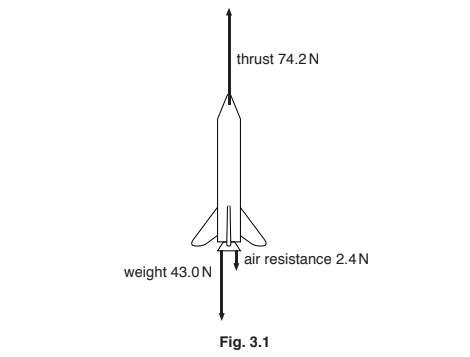State Newton's first law of motion.
Extended tier only
Newton's second law describes the change in motion caused by a resultant force.
State the equation which links acceleration, resultant force and mass.
State what happens to the motion of a moving object when a resultant force is applied to it in the opposite direction to the motion.
Extended tier only
State what happens to the motion of a moving object when a resultant force is applied to it in a perpendicular direction to the motion.
Did this page help you?




















